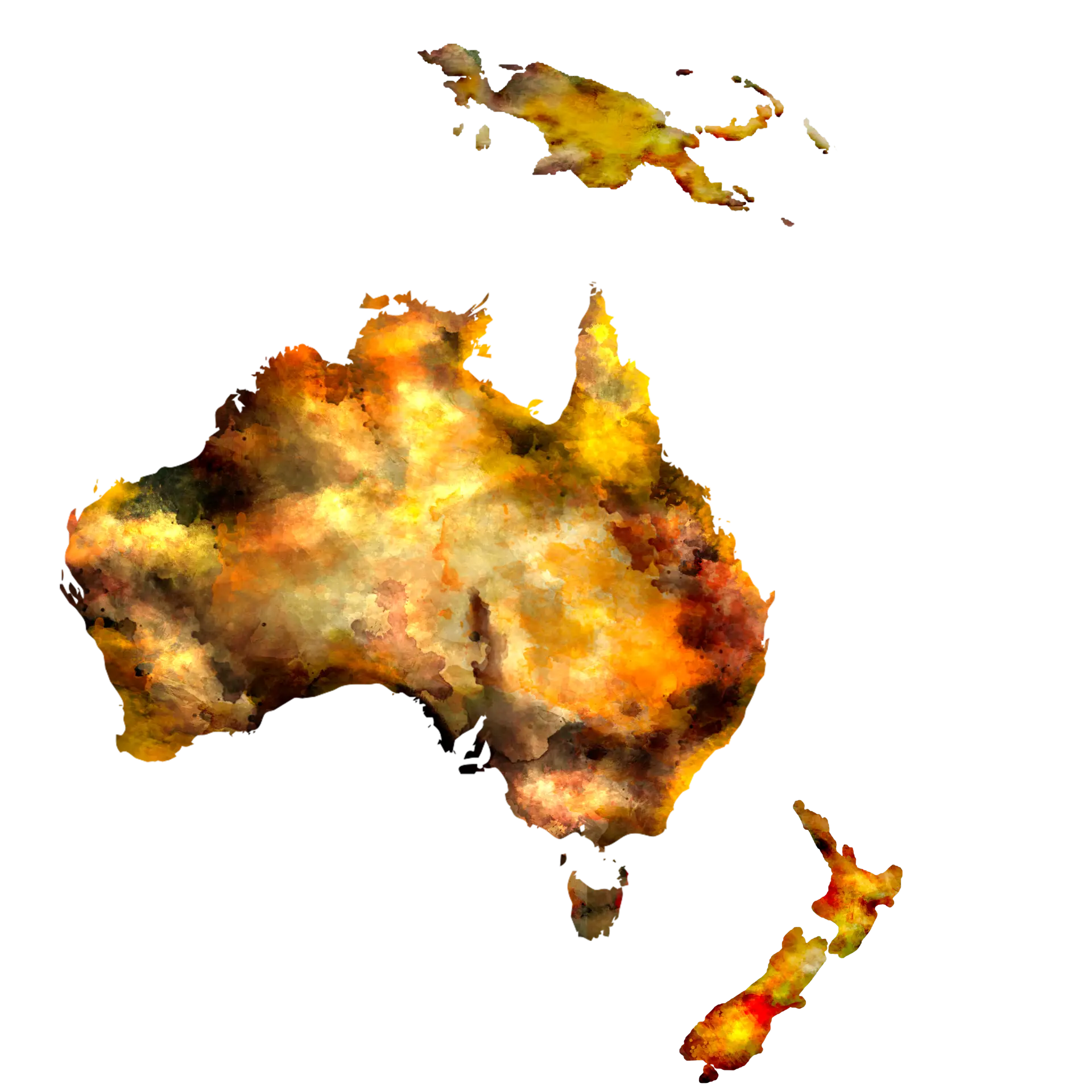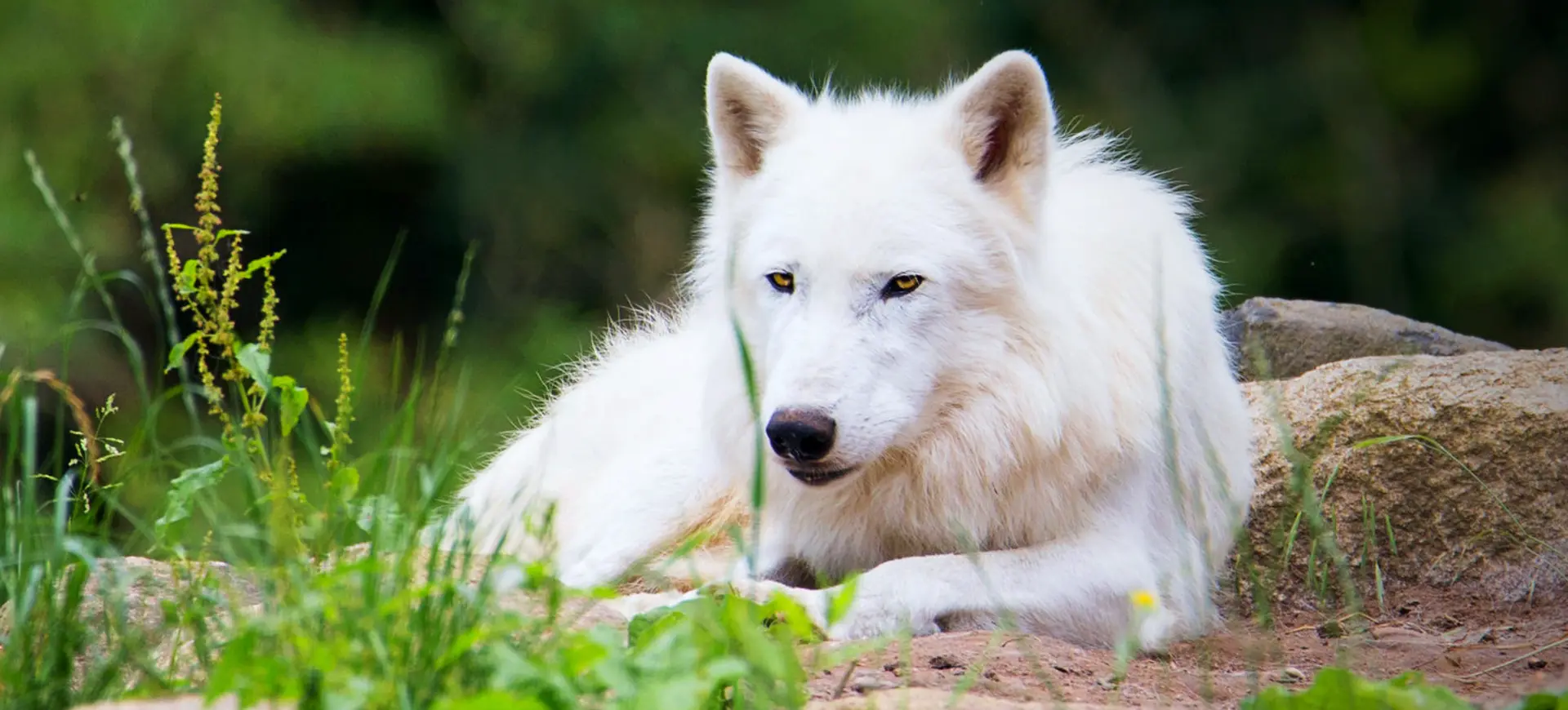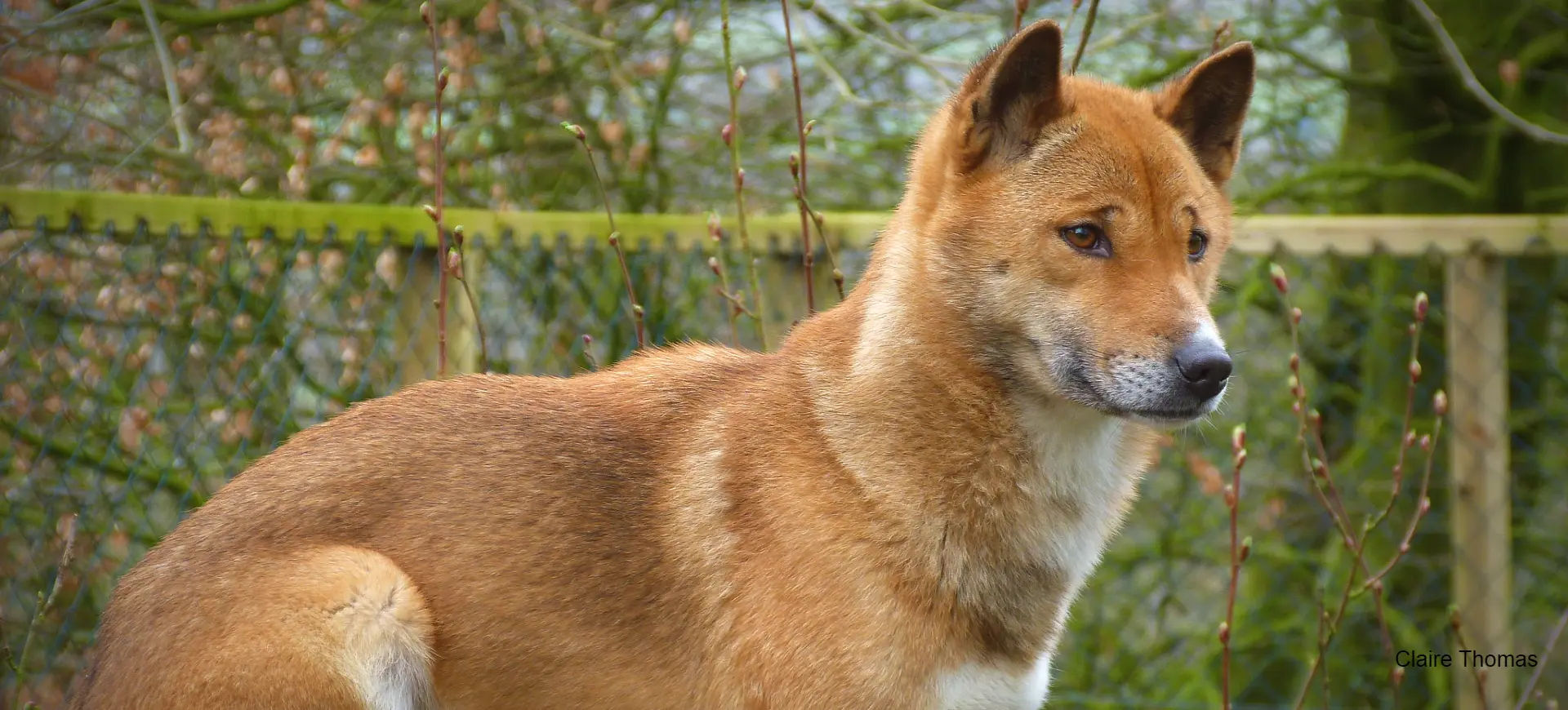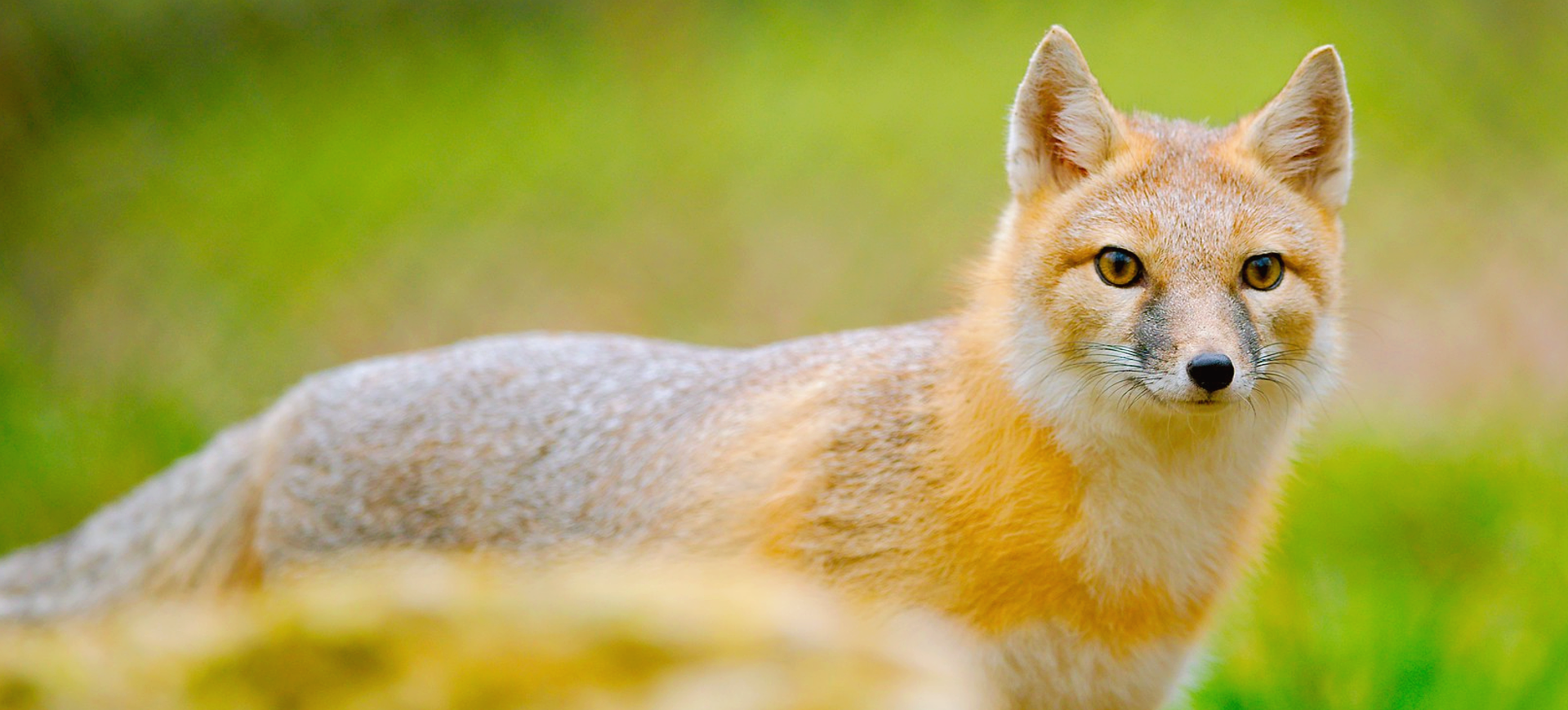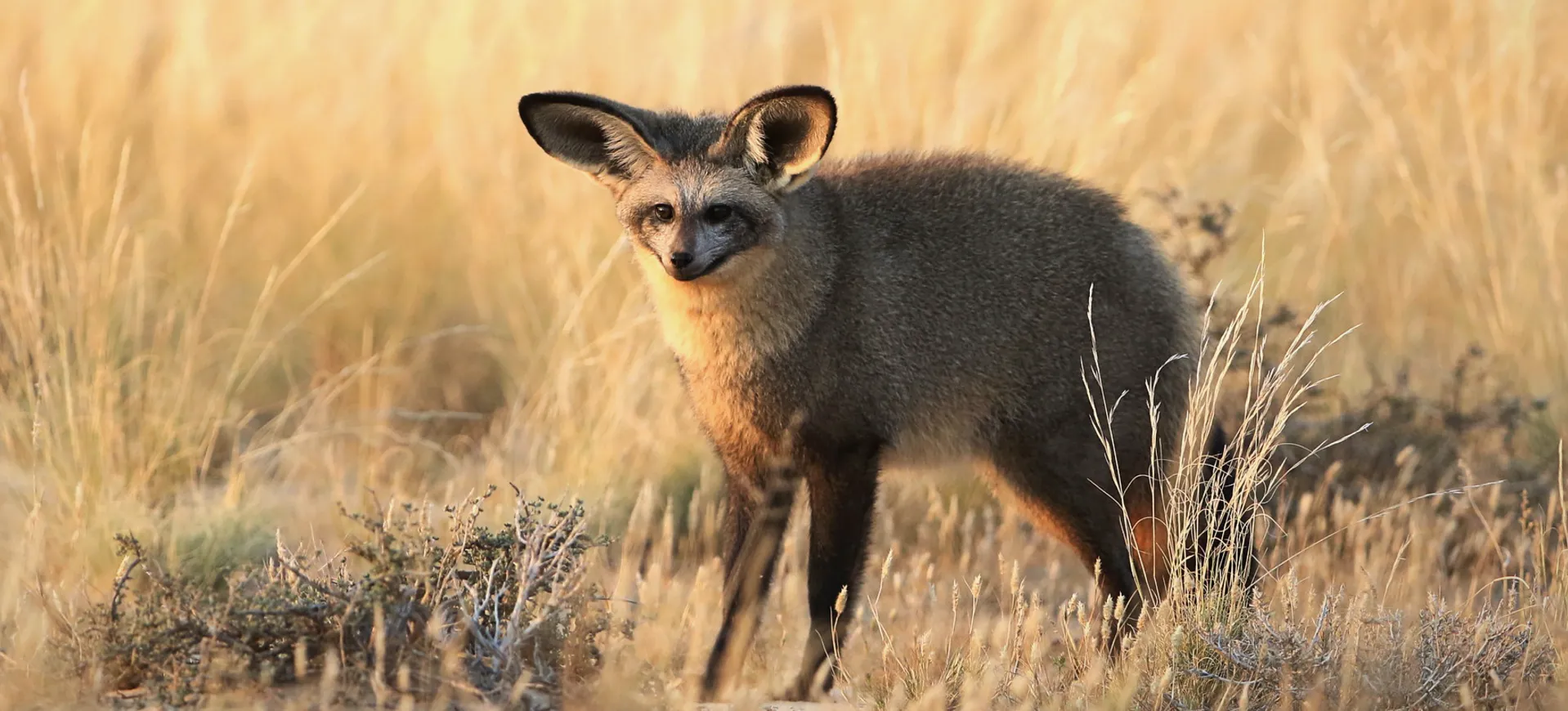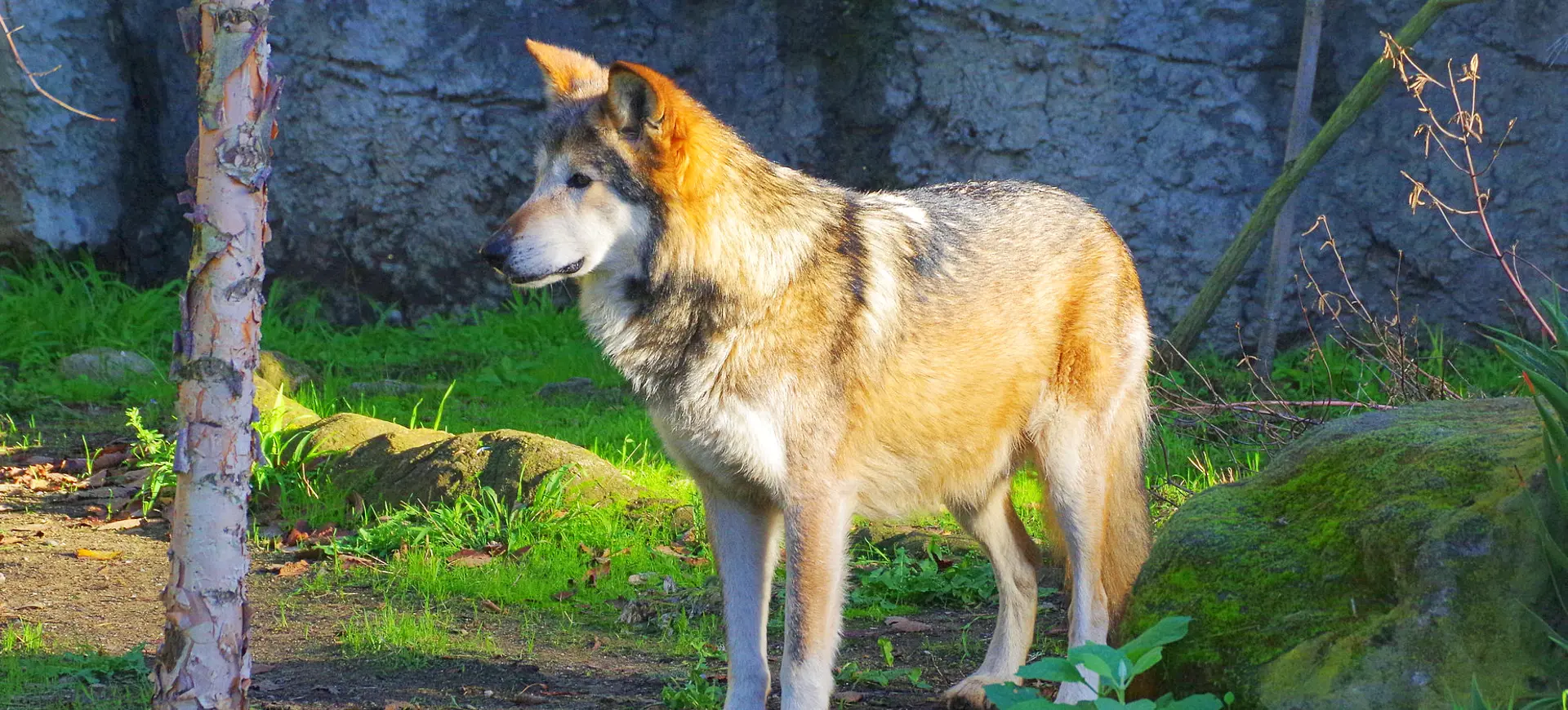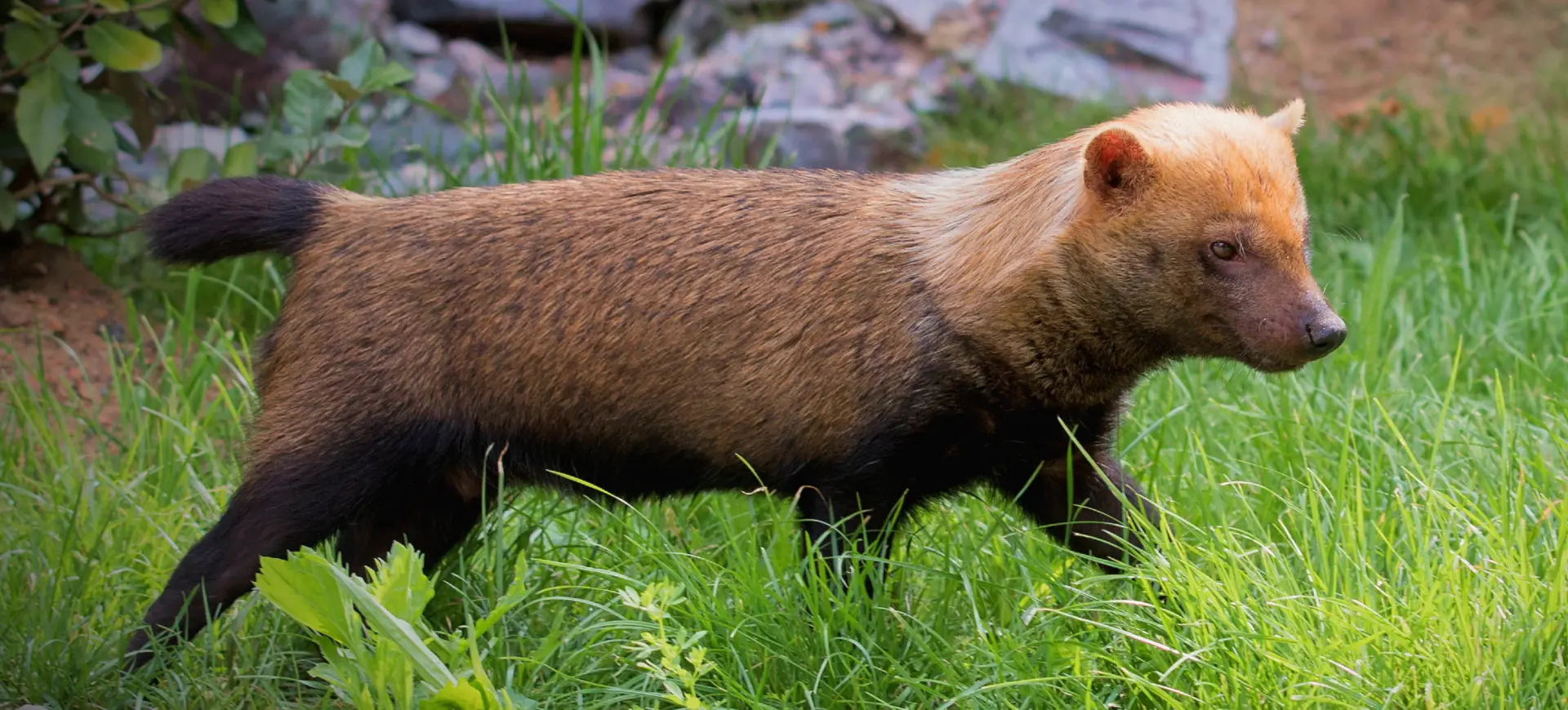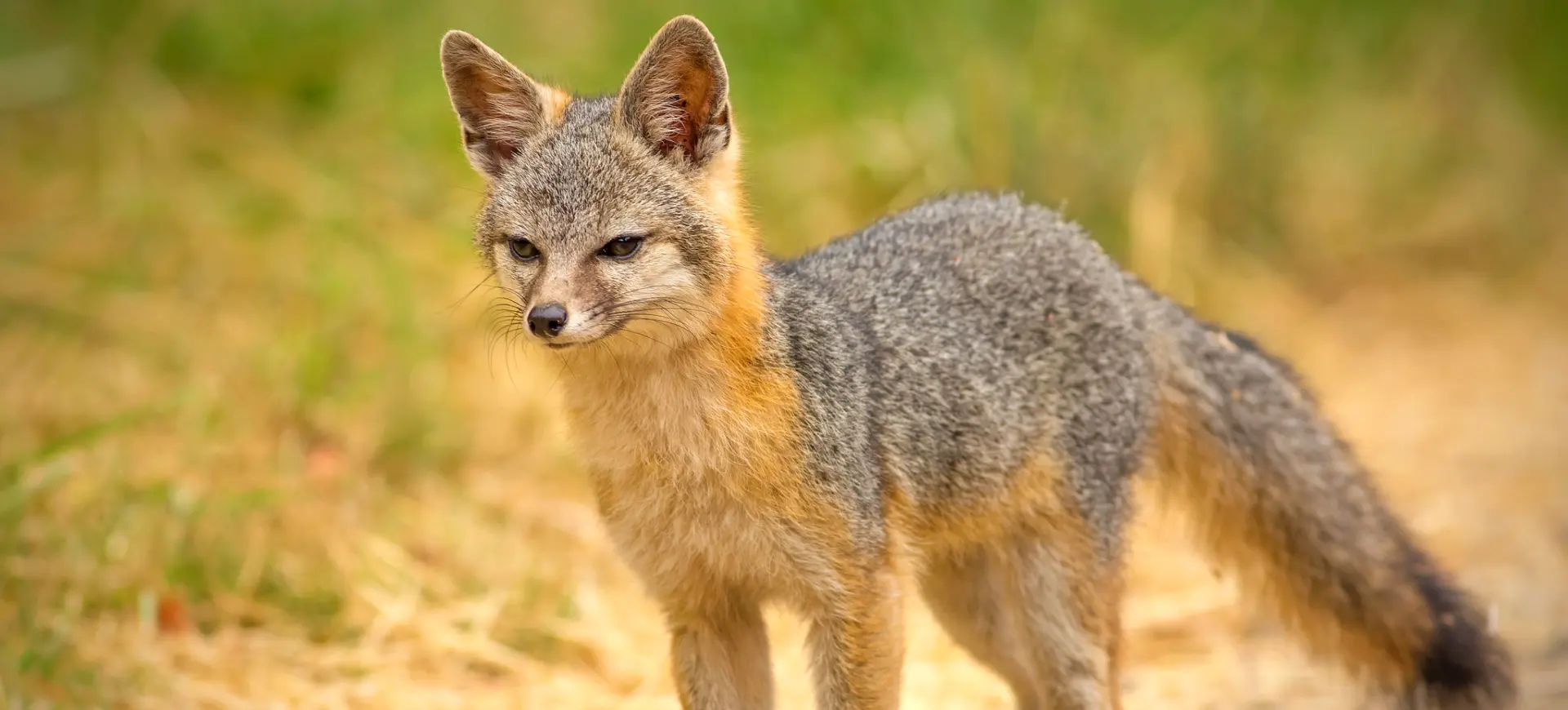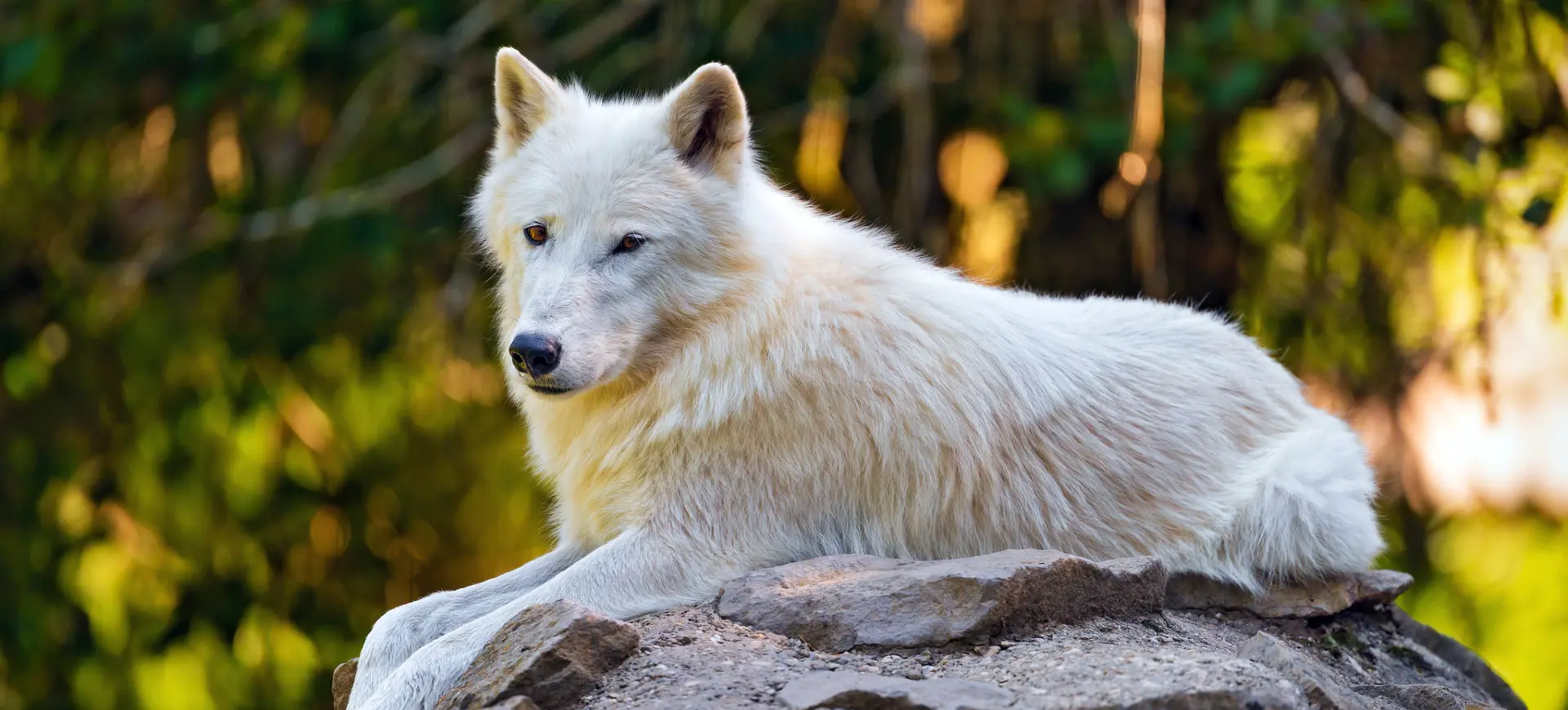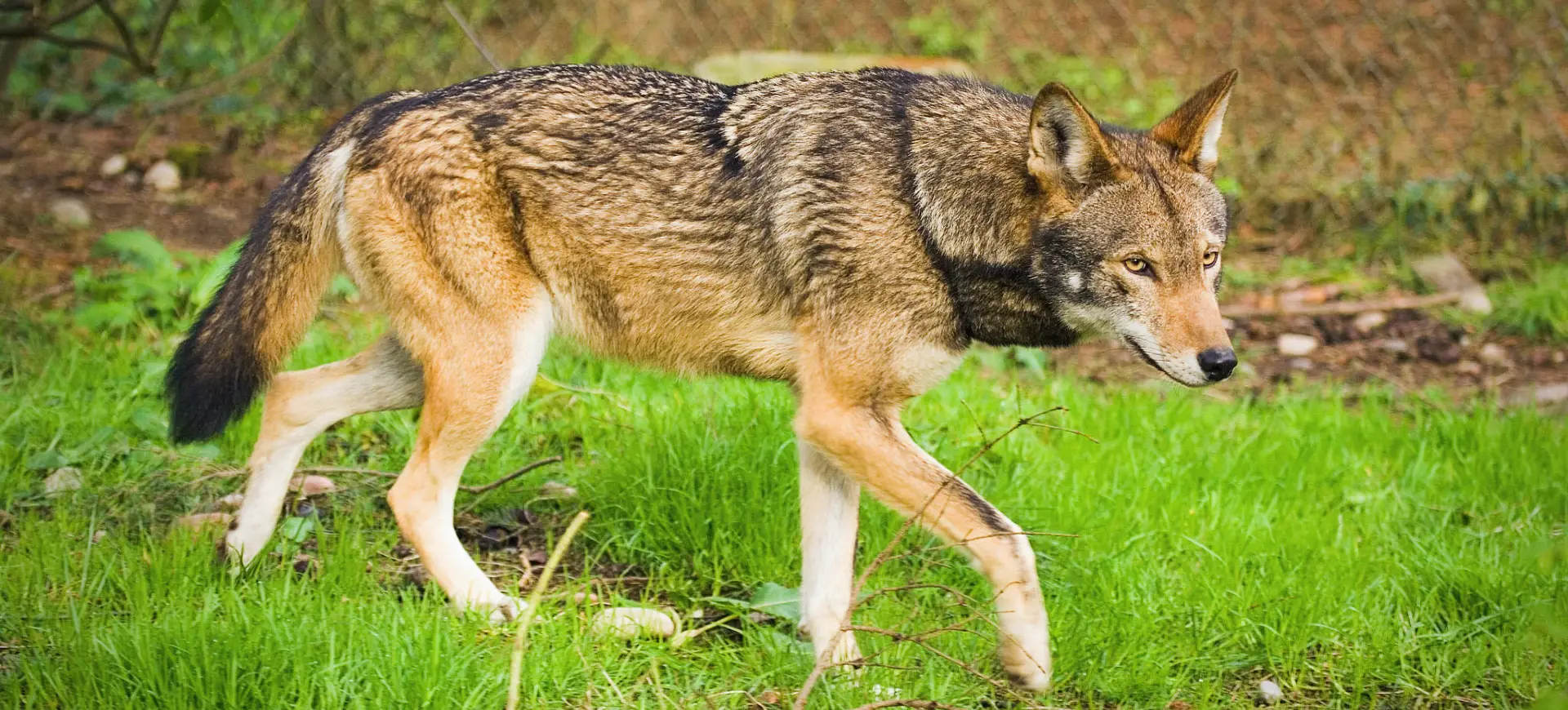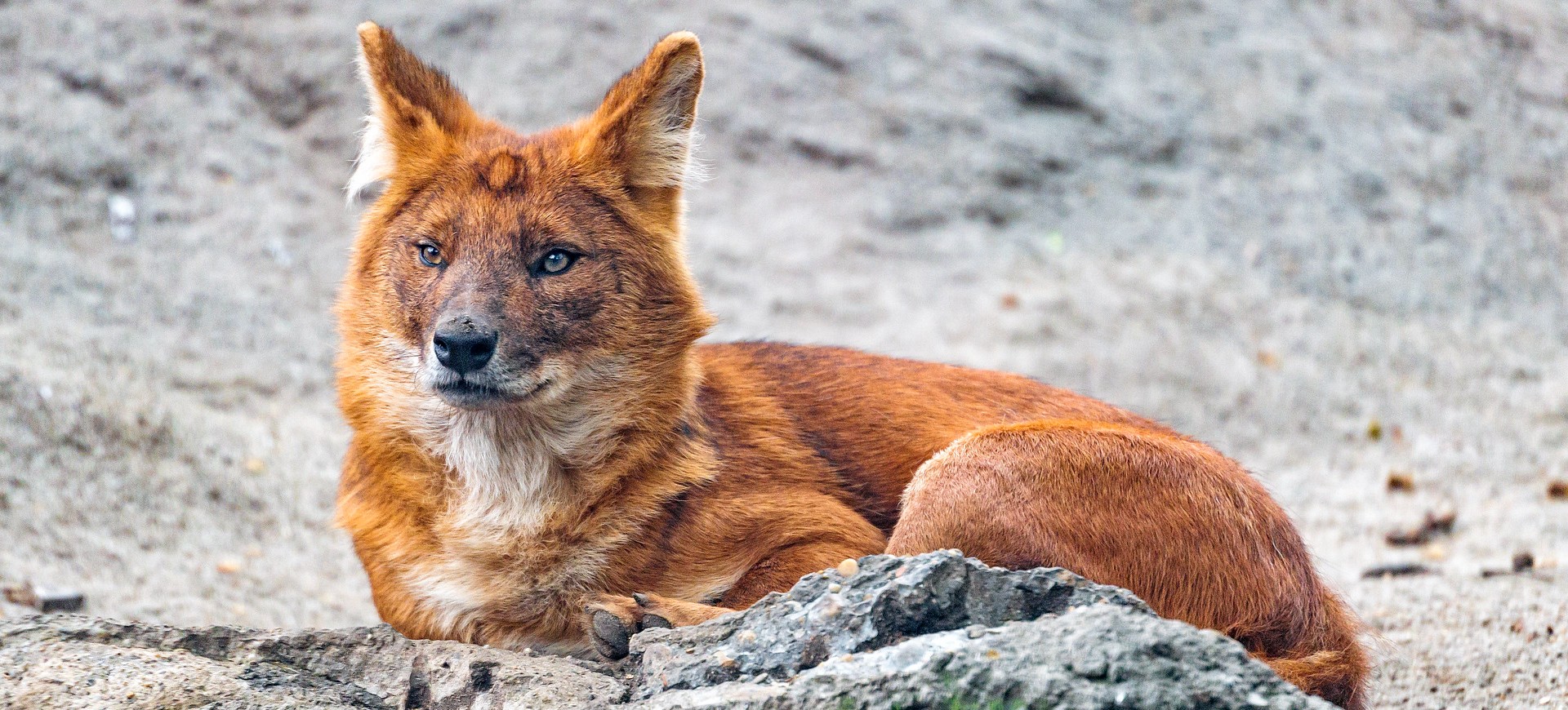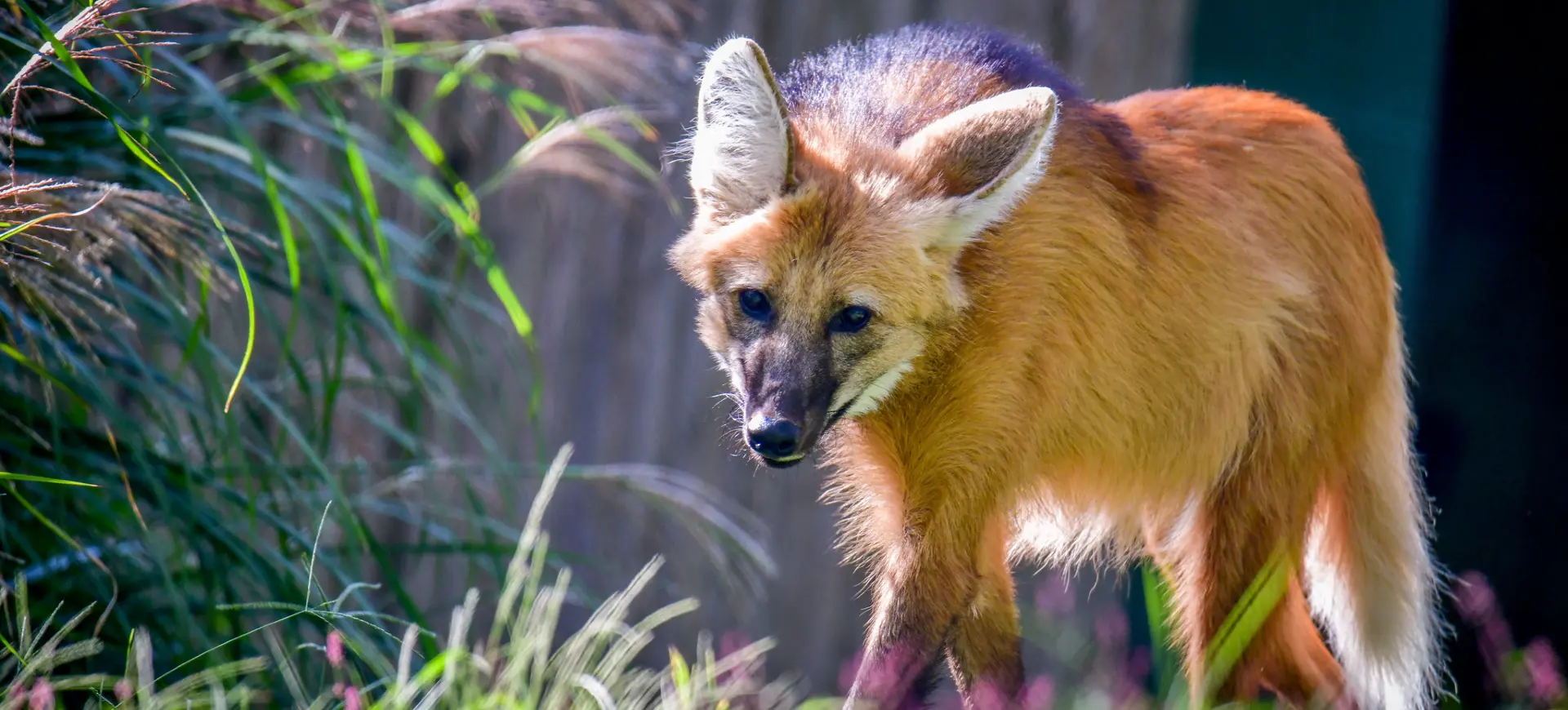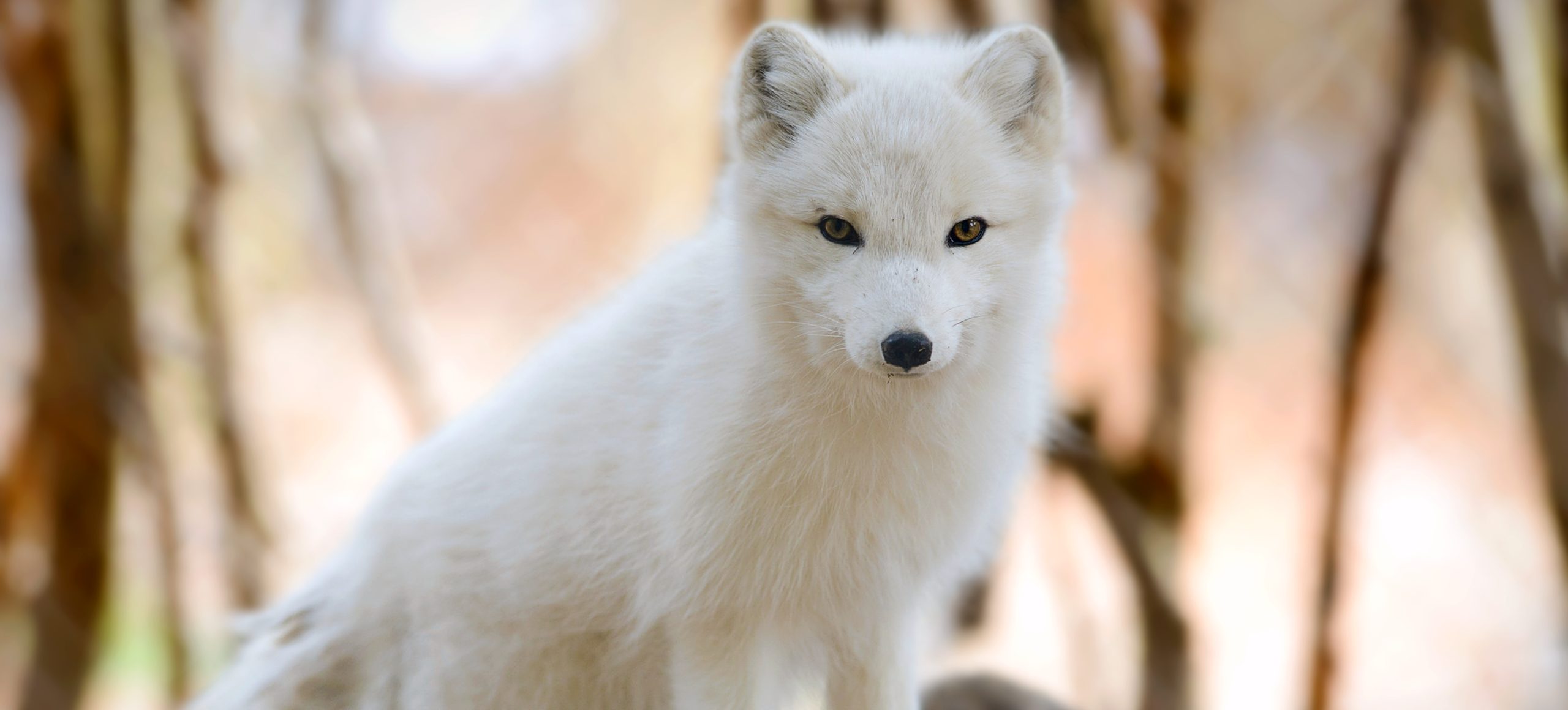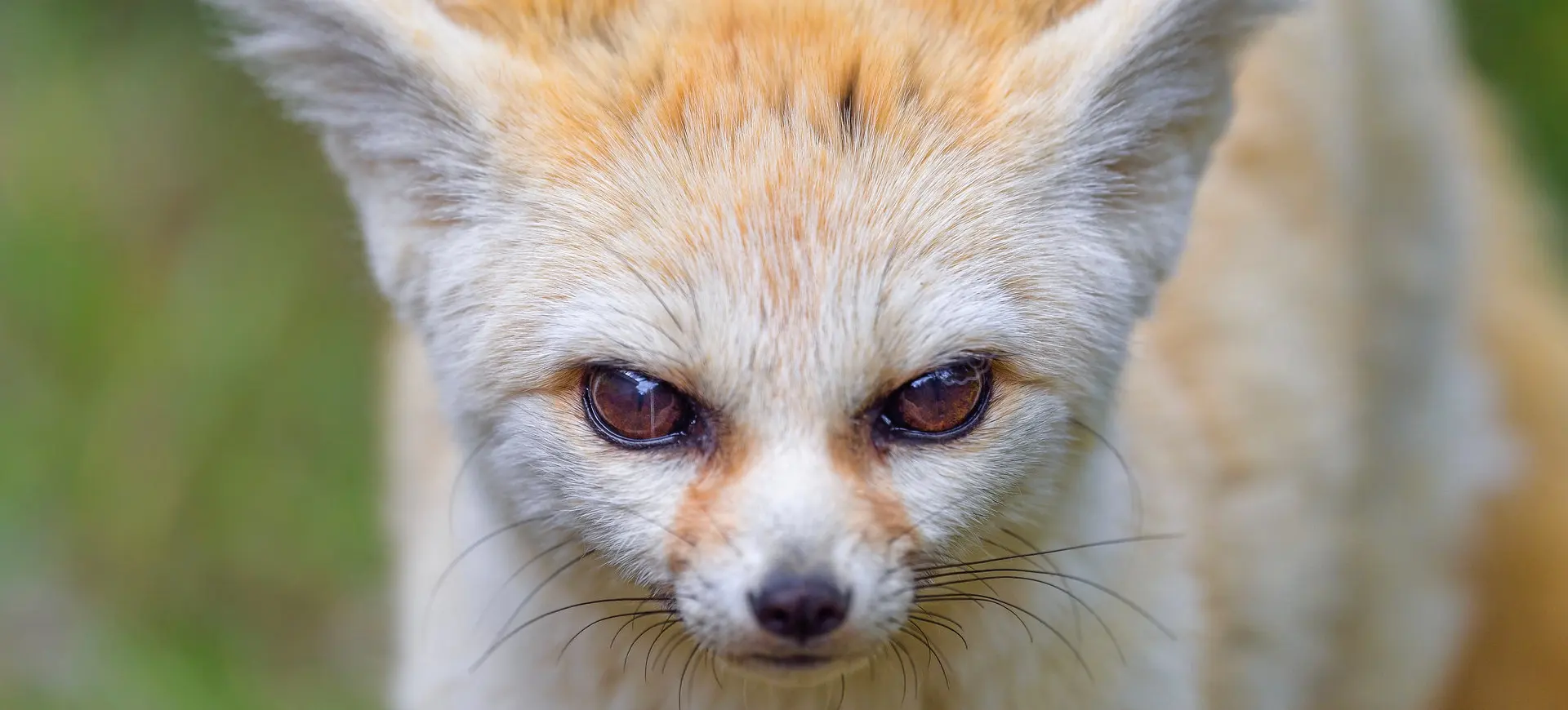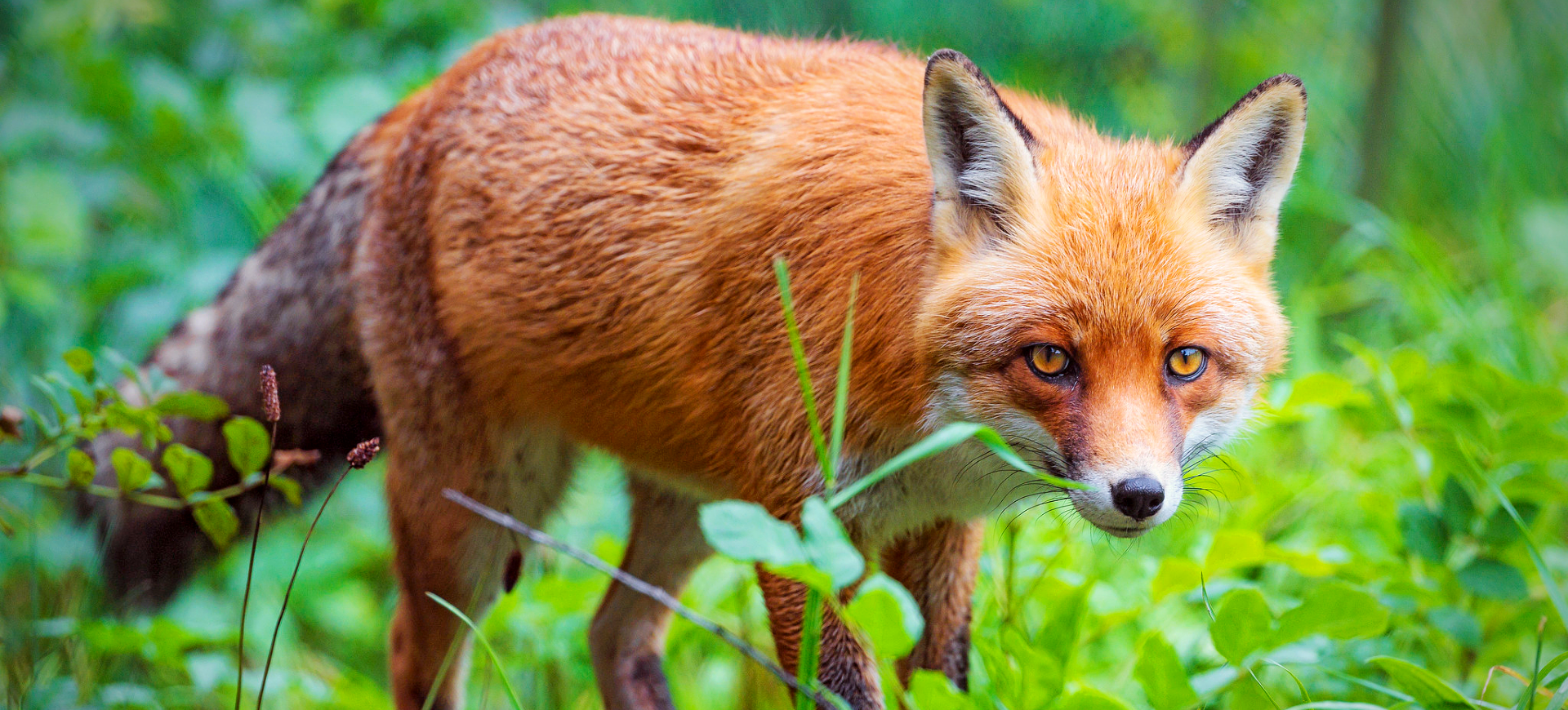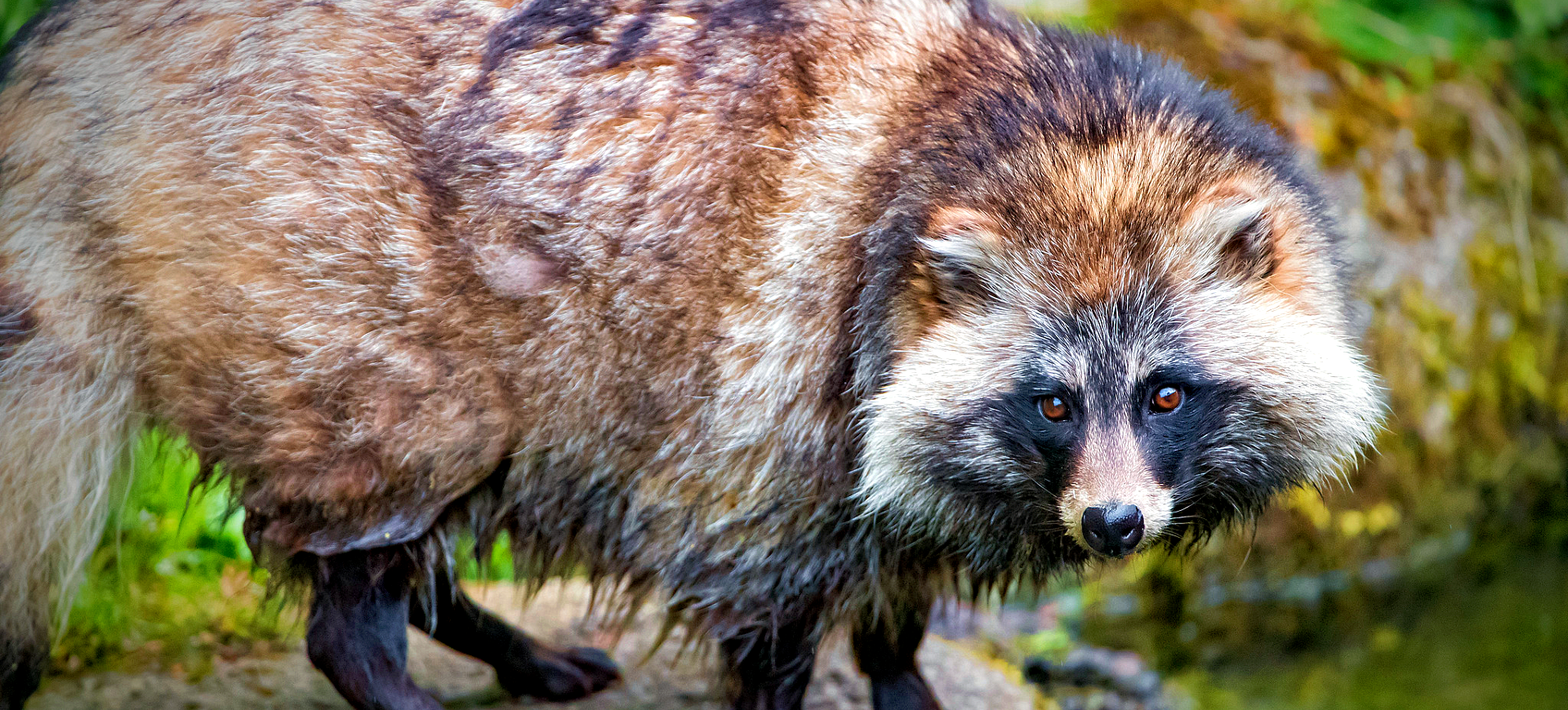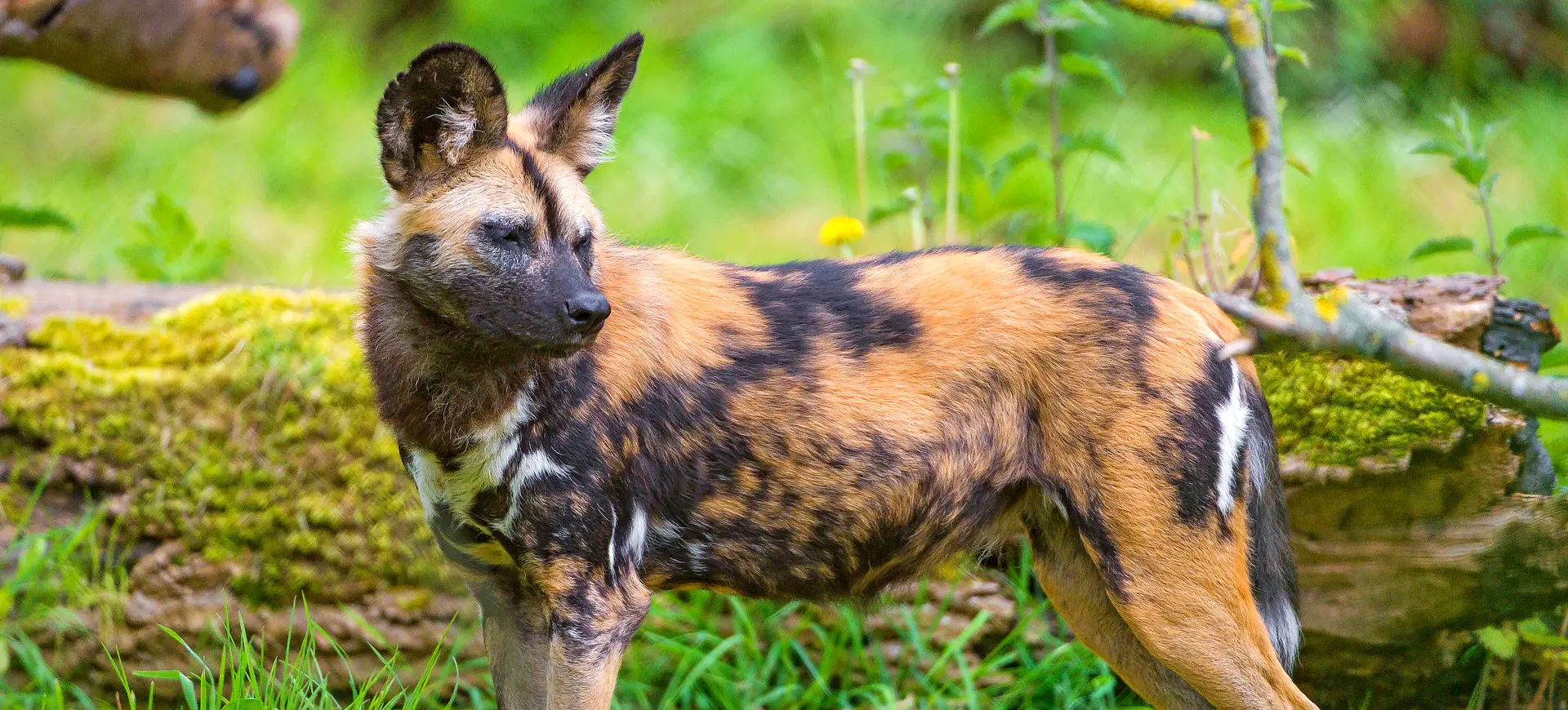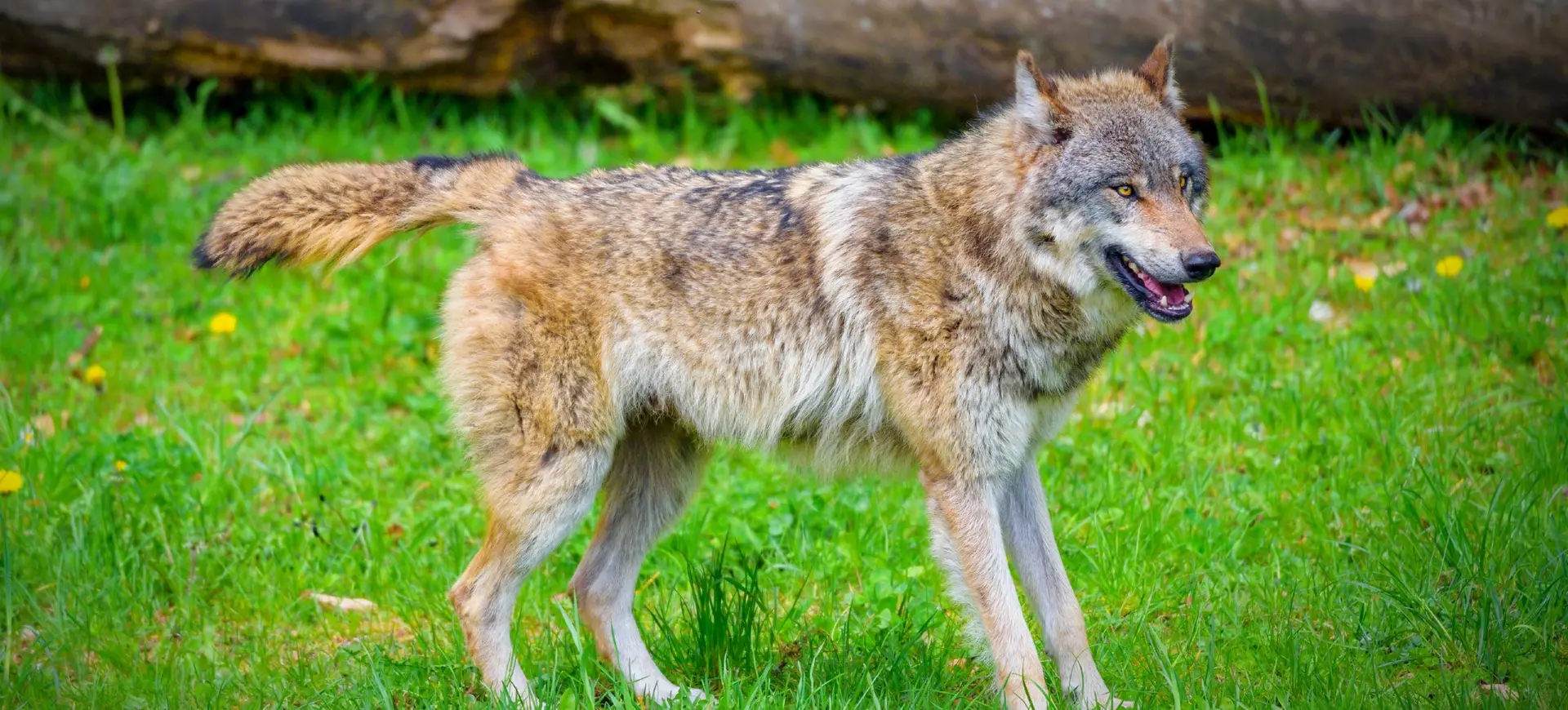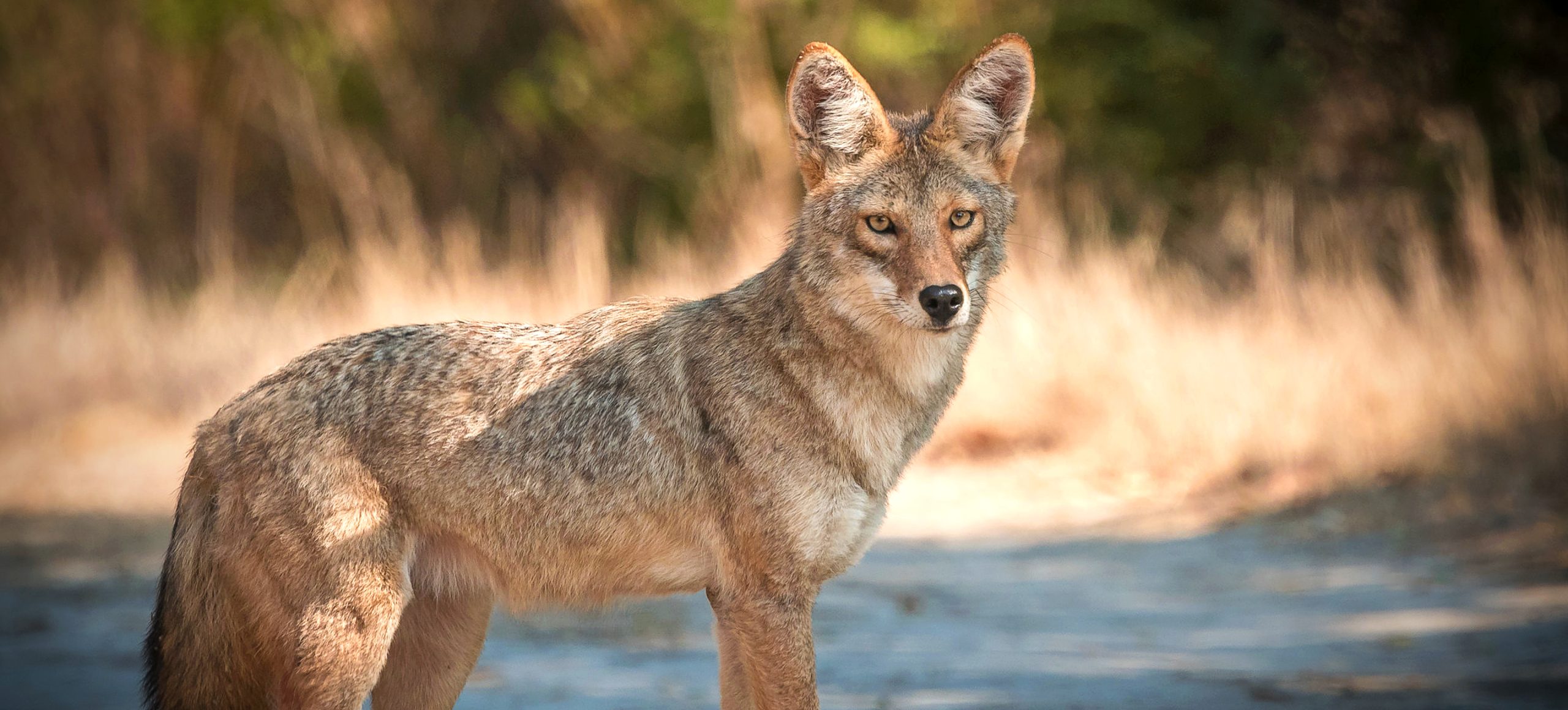Overview
The Dingo is a wild dog native to Australia, considered one of the top predators in the ecosystem. It is a medium-sized canine with a lean build, sandy to reddish-brown, and has a bushy tail. Dingoes are highly adaptable animals, capable of surviving in various habitats across Australia, from deserts to grasslands and the edges of forests.
Dingoes primarily feed on small to medium-sized mammals, including rabbits and kangaroos, but they are opportunistic feeders that can also consume birds, reptiles, and even fruits. They are known for their intelligence and complex social behaviors, often living in packs but capable of solitary life. Dingoes communicate through vocalizations, including howls, which are different from the barks of domestic dogs.
The conservation status of the Dingo is somewhat controversial, as it is both protected and considered a pest in different parts of Australia. While they play a crucial role in controlling populations of rabbits and kangaroos, they are also known to prey on livestock, leading to conflicts with farmers.
RANGE
Current distribution:
Dingoes are widely distributed across Australia, except for Tasmania. They are most commonly found in woodlands, grasslands, and desert regions. While they are protected in some areas, they are considered pests in others, particularly where they threaten livestock. This dual status makes their conservation a complex issue.
Efforts are being made to better understand the ecological role of the Dingo. They are apex predators that help control populations of other animals, such as rabbits and kangaroos. However, their numbers are thought to be declining, particularly due to hybridization with domestic dogs, which is diluting the pure Dingo gene pool.
Physical Description:
The Dingo is a medium-sized canine, typically weighing 22 to 44 pounds and standing about 18 to 24 inches tall at the shoulder. It has a lean and muscular build, well-suited for speed and agility. The coat color varies but is usually sandy to reddish-brown, often with white markings on the feet and tail tip. The Dingo’s ears are large and erect, and its eyes range from yellow to orange.
Both male and female Dingoes are similar in size and appearance. They are built for stamina rather than speed, capable of traveling long distances in search of food. Their physical characteristics have been well-adapted to various Australian environments, from the arid regions of the Outback to the coastal forests.

Lifespan: Wild: ~10 years || Captivity: ~18 years

Weight: Male & Female: 22–44 lbs (10–20 kg)

Length: Male & Female: 36–48 ft (1–1.2 m)

Height: Male & Female: 18–24 in (46–61 cm)

Top Speed: 30 mph (48 km/h)
Characteristic:
Native Habitat:
Dingoes are highly adaptable animals found in various habitats across Australia. They are common in woodland and grassland areas but can also be found in the deserts of the Outback. While they prefer open landscapes for hunting, they can also live in the forested areas along the coast.
Water availability is a significant factor in the Dingo’s habitat selection. They are often found near water sources, essential for survival, especially in arid regions. Human activities have led to habitat loss, but Dingoes are highly adaptable and have even been found to live near human settlements.
Biomes:
Biogeographical Realms:
Continents:
Countries:
Diet:
Diet & Feeding Habits:
Dingoes are primarily carnivorous, feeding small to medium-sized mammals such as rabbits, kangaroos, and wallabies. They are opportunistic feeders and consume birds, reptiles, and even fruits and plants when other food sources are scarce. Dingoes are known for hunting skills, often working in packs to bring down larger prey.
While they can hunt in packs, Dingoes are also capable of solitary hunting, particularly when targeting smaller prey. They have a keen sense of smell and hearing, which they use to locate and stalk their prey. Unlike domestic dogs, Dingoes have a more restricted range of vocalizations, believed to have specific meanings within the pack.
Mating Behavior:
Mating Description:
Dingoes typically breed once a year, usually between March and June. The alpha female in a pack will give birth to a litter of four to six pups after a gestation period of about 63 days. The entire pack is involved in caring for the young, with duties including feeding and guarding the den.
The pups are weaned at about two months and begin to participate in hunting activities at around three months. The social structure within a Dingo pack is complex. While the alpha pair usually does the breeding, other pack members play a significant role in raising the young, teaching them essential skills for survival.
Reproduction Season:
Birth Type:
Pregnancy Duration:
Female Name:
Male Name:
Baby Name:
Social Structure Description:
Dingoes live in complex social groups known as packs, which usually consist of an alpha pair and their offspring. The pack can also include unrelated individuals. Each member has a specific role within this structure, such as hunting, guarding the territory, or caring for the young. The alpha pair is usually the only breeding pair within the pack.
The social dynamics within a Dingo pack are intricate and involve a range of vocalizations and body language for communication. While they are social animals, Dingoes are also capable of a solitary existence, particularly when food is scarce. This adaptability has allowed them to survive in various habitats across Australia.
Groups:
Conservation Status:
Population Trend:
The conservation status of the Dingo is a subject of ongoing debate. While they are protected in some national parks and reserves, they are considered pests in areas where they threaten livestock. Hybridization with domestic dogs is a significant concern, leading to a dilution of the pure Dingo gene pool.
Research is ongoing to better determine the Dingo’s role in the Australian ecosystem. As apex predators, they help control populations of other species and thus contribute to biodiversity. However, their numbers are thought to be declining due to habitat loss, persecution, and hybridization.
Population Threats:
The primary threats to the Dingo population include habitat loss due to agricultural expansion and human settlement. They are also often killed to protect livestock despite their crucial role in controlling populations of other potentially problematic animals like rabbits and kangaroos. Hybridization with domestic dogs is another significant threat, leading to a loss of genetic purity.
Additional threats include diseases like mange and canine distemper, which can be transmitted from domestic dogs. Road accidents and poisoning are other causes of mortality. The complex legal status of the Dingo, being both a protected species and a pest, complicates conservation efforts.
Conservation Efforts:
Conservation efforts for the Dingo are complex due to their dual status as both a protected species and a pest. In areas where they are protected, efforts are focused on habitat preservation and research to understand their ecological role better. Some programs aim to protect the genetic integrity of the Dingo by preventing hybridization with domestic dogs.
Public awareness campaigns are also in place to educate people about the importance of the Dingo in the Australian ecosystem. These efforts aim to reduce human-wildlife conflict and promote coexistence. However, more research is needed to develop effective conservation strategies considering the ecological importance and the Dingo’s challenges.
Additional Resources:
Fun Facts
- Dingoes do not bark like domestic dogs but have a unique howl.
- They are one of the few apex predators in Australia.
- Dingoes have a complex social structure, often living in packs but capable of solitary life.
- They are highly adaptable and can survive in a range of Australian habitats.
- Dingoes are known for their intelligence and problem-solving abilities.
- They play a crucial role in controlling populations of other animals, such as rabbits and kangaroos.
- The Dingo’s conservation status is a subject of ongoing debate in Australia.
- They are capable of long-distance travel, often covering large territories.
- Hybridization with domestic dogs is a significant threat to the Dingo population.
- Despite being carnivorous, Dingoes can also consume fruits and plants when other food sources are scarce.

